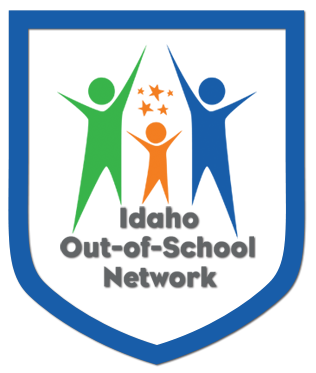
Hundreds of middle schoolers in Emmett accessed after-school classes and camps because of grant funding that expanded afterschool programming available in their community.
The Idaho Out-of-School Network funds took Emmett Middle School’s program from 36 students per day to 299 students served, according to Shannon Anderson, Emmett School District’s Before and After School Director.
“We were happy to be able to suspend our waiting list,” said Anderson. “Any student who wanted to participate at any time was able to attend the activities we offered.”
Emmett Middle School received funding from the Idaho Out-of-School Network to expand after school program choices for the 2021-22 school year and added 10 choices for students after school, including STEM classes, cooking and baking classes and camps, fishing, robotics, chess club, support groups and suicide prevention, self-defense, art, drama, and academic support.
These after-school classes and camps introduced students to possible career paths. “A parent contacted me this year to tell me that, because of this program, her daughter had found new passions that will propel her into a future career in the field of technology,” said Anderson.
Emmett Middle School has funded a smaller program using federal dollars from a Nita M. Lowey 21st Century Community Learning Center grant. Combining this with funds from the Idaho Out-of-School Network created an ideal situation for families and students who attend Emmett Middle School, according to Anderson.
“During the summer of 2022, we were able to offer a parent-child trip to a sturgeon pond. I have never seen a more enthusiastic bunch of people! They were able to learn about biology and then participate in a highly engaging activity together,” said Anderson.
In addition, Emmett Middle School offered an orientation and training, including bully prevention, to 109 incoming middle school students last August. “It was the perfect way to introduce behavior expectations for middle school, begin to build important relationships, and set students up for success for the transition to secondary education,” said Anderson.
Most of the funding was used for staffing, while some was used for supplies for the extra classes. “If I had to choose something on which to spend funding, it will always be staffing,” explained Anderson. “Invest in your staff. If good staff members are engaging the youth, that’s all a program needs.”
Anderson also answered what is most valuable for the youth in her program: “Without hesitation, it is the relationships with peers and staff,” she said. “Relationships are priceless for middle school students.”



You must be logged in to post a comment.